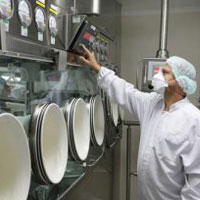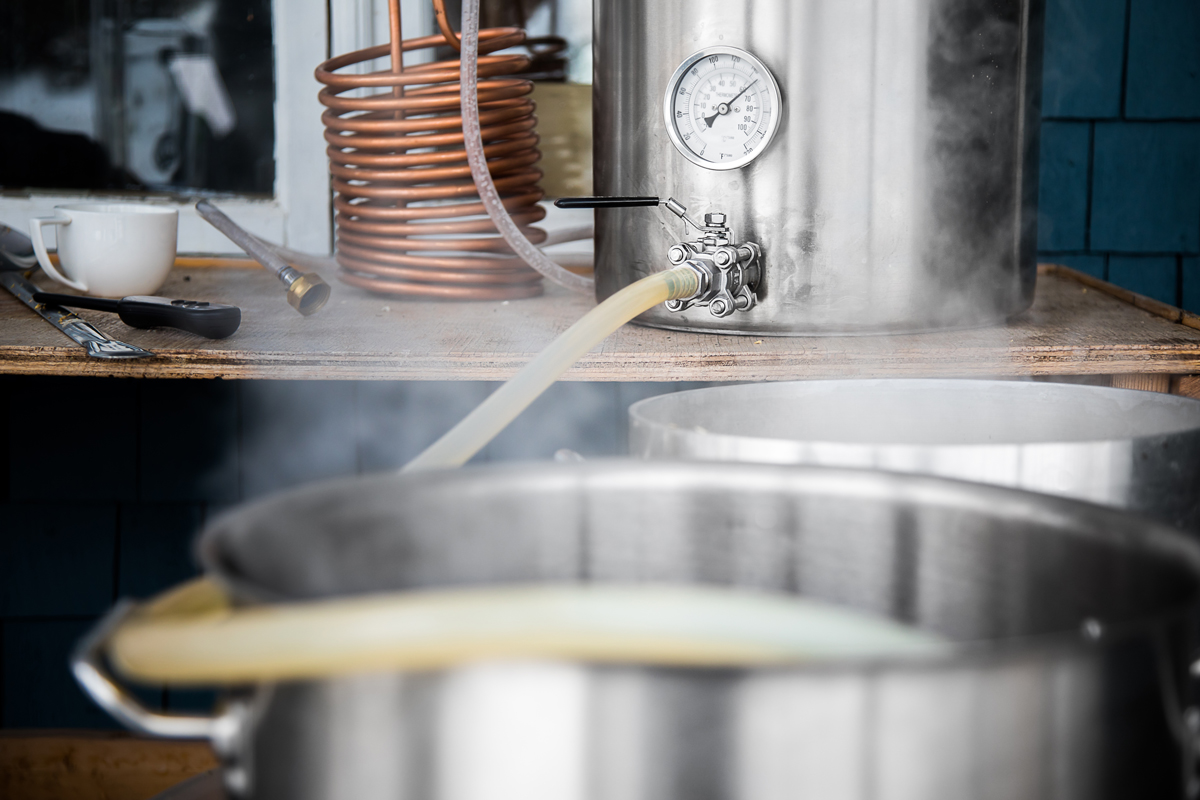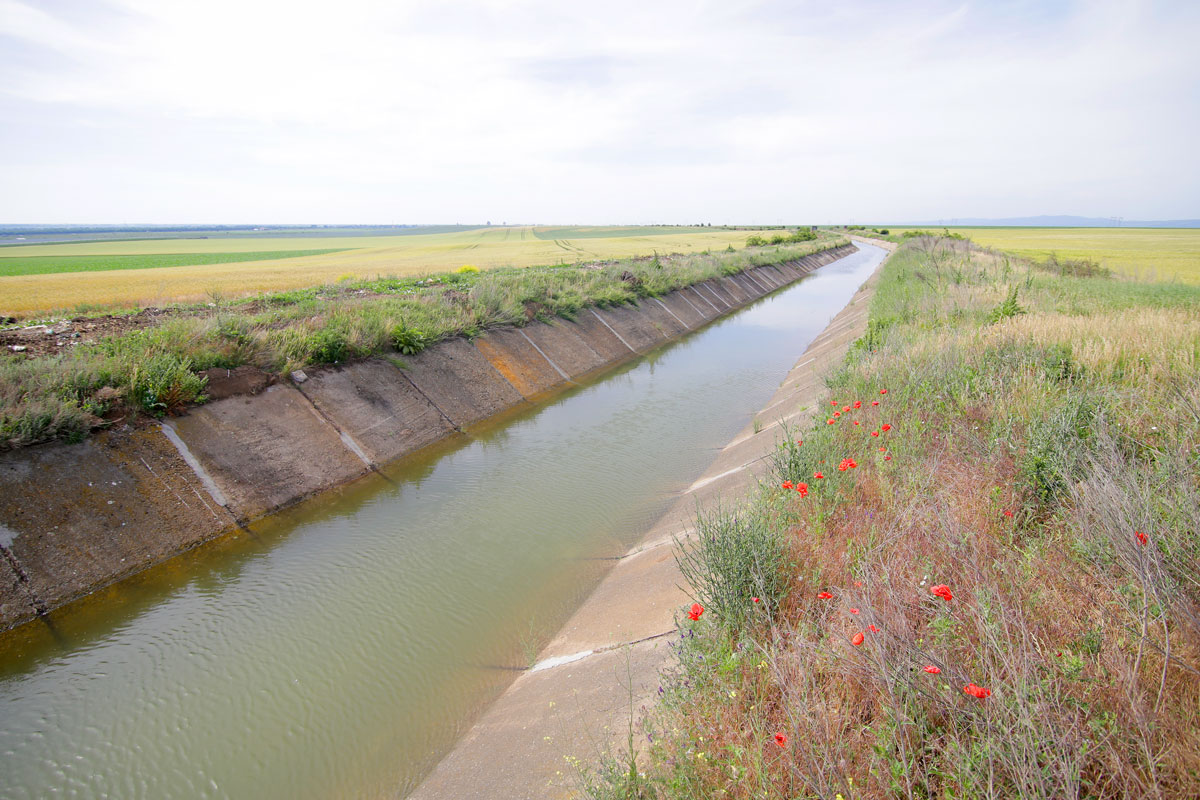In many industrial processes, the materials and the end product or by-products  of the process, such as dust or vapors, can create conditions for a hazardous environment. Processes that have potential for hazardous environments include: water treatment, oil drilling, gas and chemical processing, power generation, pharmaceutical, and food manufacturing. The measurement and control of these processes are essential in maintaining optimal conditions of the manufacturing system and preventing catastrophic events. Continue reading “The Operation of Gages and Switches in Hazardous Environments”
of the process, such as dust or vapors, can create conditions for a hazardous environment. Processes that have potential for hazardous environments include: water treatment, oil drilling, gas and chemical processing, power generation, pharmaceutical, and food manufacturing. The measurement and control of these processes are essential in maintaining optimal conditions of the manufacturing system and preventing catastrophic events. Continue reading “The Operation of Gages and Switches in Hazardous Environments”
Something New is Brewing!
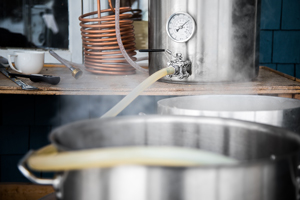 Dwyer Instruments, Inc. has solidified its presence in many markets and our versatility has allowed for our products to be implemented in a multitude of applications. Original equipment manufacturers and end users alike have been able to automate many processes that would otherwise be quite demanding and time consuming; one of which being home brewing! Home brewing and craft beers seem to be a growing trend across the country in recent years. With people developing an interest in creating a beer to their personal liking, many have found themselves dabbling in the world of home brewing. With a few ingredients, adequate equipment, and some patience, you can find yourself enjoying a Taylor-made beer!
Dwyer Instruments, Inc. has solidified its presence in many markets and our versatility has allowed for our products to be implemented in a multitude of applications. Original equipment manufacturers and end users alike have been able to automate many processes that would otherwise be quite demanding and time consuming; one of which being home brewing! Home brewing and craft beers seem to be a growing trend across the country in recent years. With people developing an interest in creating a beer to their personal liking, many have found themselves dabbling in the world of home brewing. With a few ingredients, adequate equipment, and some patience, you can find yourself enjoying a Taylor-made beer!
Product Highlight: Series MSX Pro Magnesense® Differential Pressure Transmitter
 The Dwyer team recently released the Series MSX Pro Magnesense® Differential Pressure Transmitter, which meets stringent industry standards with innovative global product design. This series is ideal for monitoring building control applications, and also utilizes enhanced accuracy and stability for use in high performance, critical environments. Continue reading “Product Highlight: Series MSX Pro Magnesense® Differential Pressure Transmitter”
The Dwyer team recently released the Series MSX Pro Magnesense® Differential Pressure Transmitter, which meets stringent industry standards with innovative global product design. This series is ideal for monitoring building control applications, and also utilizes enhanced accuracy and stability for use in high performance, critical environments. Continue reading “Product Highlight: Series MSX Pro Magnesense® Differential Pressure Transmitter”
Open Channel Flow Monitoring
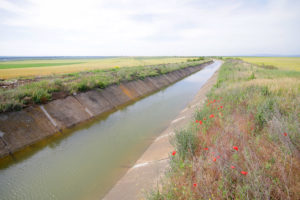 Open channel flow monitoring is a method of measuring water flow rates in irrigation channels, streams, and storm water systems. It’s also used in wastewater processing for monitoring the effluent discharge. In most applications for open channel flow, weirs and flumes are used. For those of us not familiar, weirs and flumes concentrate the flow into a known cross sectional area, relating an accurate level reading to an accurate flow rate. The height of the water in the channel, going over the weir or flume, is directly proportional to the flow rate. Continue reading “Open Channel Flow Monitoring”
Open channel flow monitoring is a method of measuring water flow rates in irrigation channels, streams, and storm water systems. It’s also used in wastewater processing for monitoring the effluent discharge. In most applications for open channel flow, weirs and flumes are used. For those of us not familiar, weirs and flumes concentrate the flow into a known cross sectional area, relating an accurate level reading to an accurate flow rate. The height of the water in the channel, going over the weir or flume, is directly proportional to the flow rate. Continue reading “Open Channel Flow Monitoring”
Manufacturing an Economic Dust Filtration System
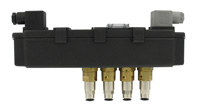
Many customers have come to the Dwyer team asking: “What can Dwyer do to help with lean manufacturing?” In this article, we will discuss the Dwyer® Series SVT solenoid valve and timer enclosure and its cost savings advantages in a dust filtration system.
The Series SVT combines two integral components in a dust filtration system into one package: solenoid valves and a timer controller. In a dust filtration system, solenoid valves are used to send air through a pulse valve, such as our Series RDCS. Pulse valves release a quick spurt of air into a dirty dust cartridge filter, which, in turn, releases the dust from the filter. The timer portion of the dust filtration system is the brains of the operation controlling when the solenoids fire, the amount of time the solenoids are open, and when the next solenoid in the sequence fires. Continue reading “Manufacturing an Economic Dust Filtration System”

